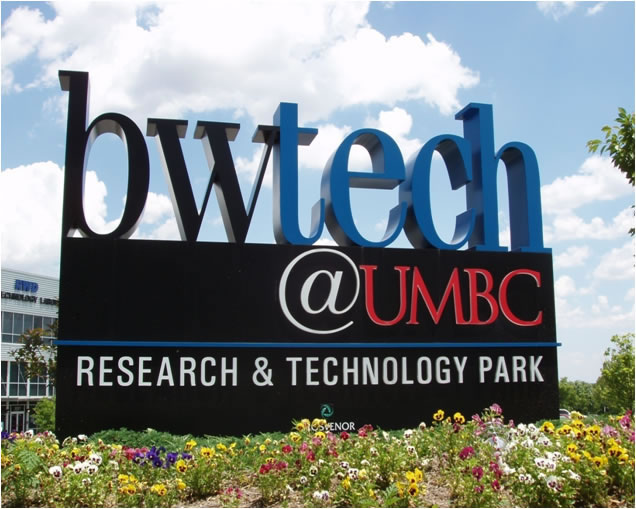AirPhoton, a tech company working out of bwtech@UMBC, recently received a contract to provide instruments for an air quality investigation being conducted by the NASA Jet Propulsion Laboratory, according to the company.
The company will provide ground instruments as part of MAIA, or Multi-Angle Imager for Aerosols. The project aims to collect high quality data about the particles within air pollution with a satellite being developed by JPL. The goal is to better understand links between specific pollutants measured from space and specific health risks on the ground. The team involved believes the research can help inform how governments, scientists, and health providers should focus their efforts when it comes addressing the risks of air pollution.
“The goal of this particular NASA research is to be able to obtain air quality information from space and use that in a public health sense,” said AirPhoton Cofounder Lorraine Remer. The satellite measurements are unique in that they will analyzes the chemistry of the particles in order to assess connections that can be useful for public health.
Founded in 2012, AirPhoton specializes in creating instruments that can measure airborne particulates. The company is participating in work to enable MAIA to characterize the chemical composition of the particulates. The company’s sampling stations, called AeroExplorer, will be used to collect particulates at the ground level with filters that will later be analyzed for chemistry and mass. The stations are already deployed in various locations around the world as part of a network, and the company will work with JPL to develop remote command and communication capabilities for the project.
Along with the satellite data, the ground-level data will be combined with atmospheric models and population health records to aid in the development of the satellite’s measurement capabilities in space, and determine which particulates are most harmful to humans.

AirPhoton cofounders Vanderlei Martins and Remer, who are both UMBC Physics professors, as well as COO Richard Kleidman, all met in the mid-1990s while working at Greenbelt, Md.–based NASA Goddard Space Flight Center. With the company, they looked to work together, and make good on interests in forming a private company. “I’ve got an entrepreneurial streak in me,” Remer said. The company applies the research scientists’ expertise in remote sensing and aerosols to creating sampling stations and other air quality products. In this case, the focus is on technology that can be commercialized.
Kleidman said the size and unique nature of the MAIA mission marks a significant step for AirPhoton. JPL builds and manages MAIA mission for NASA’s Earth Science Division.
Working out of space used for development and manufacturing at bwtech@UMBC, the company expanded its space by 50 percent in the last year, and works with Maryland companies for additional manufacturing needs, Remer said.







